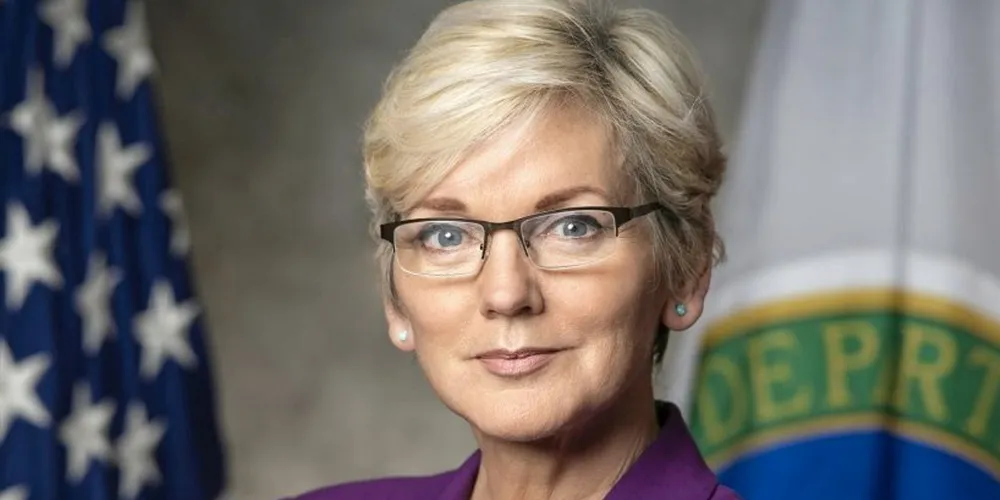US sinks $1.2bn into hard-to-build power lines for energy transition
Government will be anchor customer' for up to 50% of capacity to provide certainty for customers and investors

The US Department of Energy (DoE) released a tender for up to $1.2bn for the second round of its Transmission Facilitation Programme (TFP) aimed at spearheading investment in new infrastructure and enable delivery of massive volumes of clean energy expected in the coming years.
Research consultancy Wood Mackenzie estimates the US grid needs between $80bn-$100bn in upgrades and new lines to meet the administration’s climate and energy ambitions.
High solar and wind resources are often found in remote and lightly populated areas of the US Great Plains and Southwest deserts, requiring huge new lines to transmit this power to coastal load centres.
DoE’s National Transmission Needs Study released last October found the US needs to double its transmission capacity while expanding interregional connectivity five-fold.
The TFP is funded through 2021's Infrastructure Investment and Jobs Act (IIJA) to “enable the construction of valuable high-capacity transmission lines that otherwise would not be built or to encourage increased capacity of already planned lines,” DoE said.
The selected projects include Cross-Tie 500kV Transmission Line in Nevada, Utah, Southline Transmission Project in Arizona and New Mexico, and Twin States Clean Energy Link in New Hampshire and Vermont.
Permitting backlog
The backlog creates market uncertainty that deters customers from committing to new transmission assets, which raises risks for investors.
To bolster market certainty, DoE will use capacity contracts to commit to purchasing up to 50% of the maximum capacity of selected transmission lines.
DOE’s capacity contract “establishes the agency as an anchor customer who can provide certainty for potential financers and other customers”, DoE said.
(Copyright)